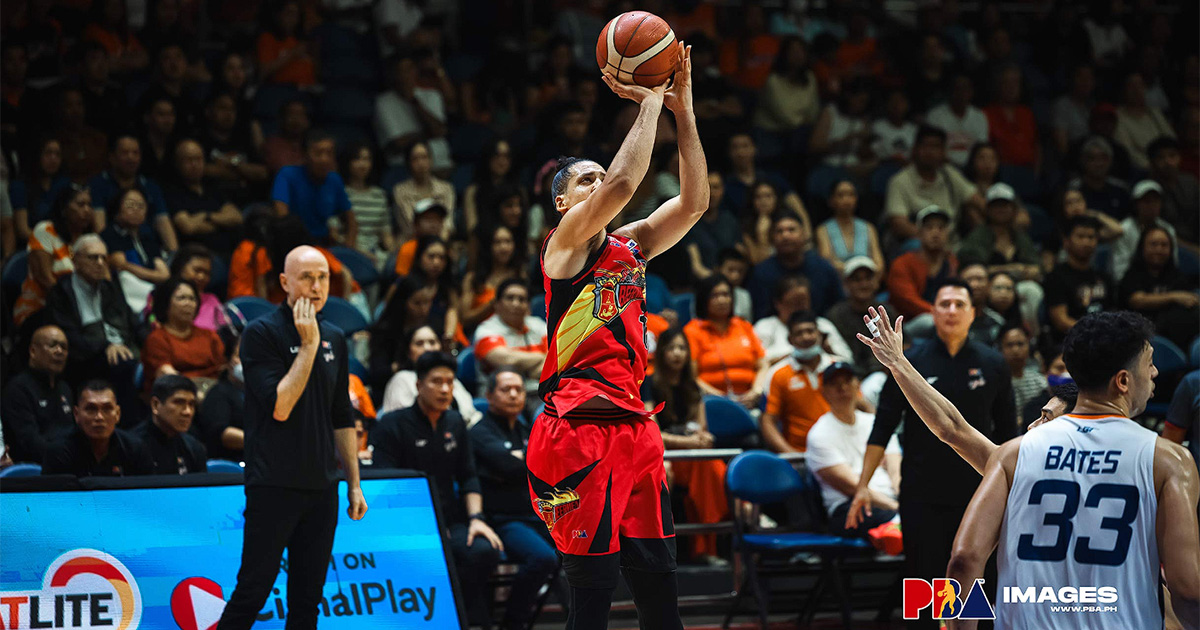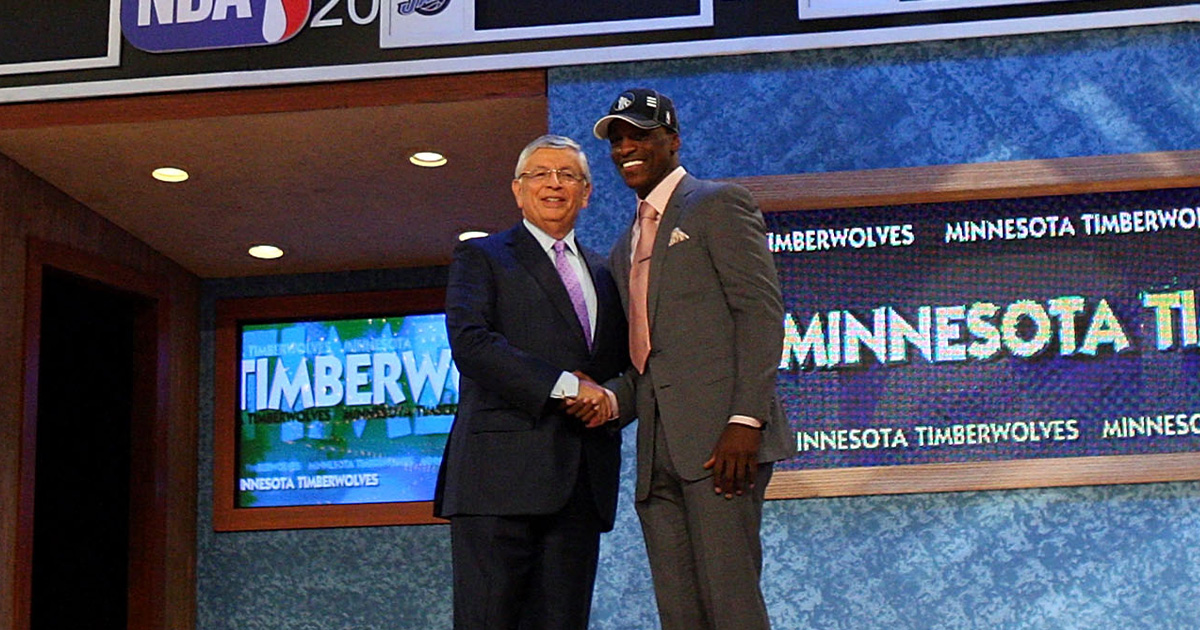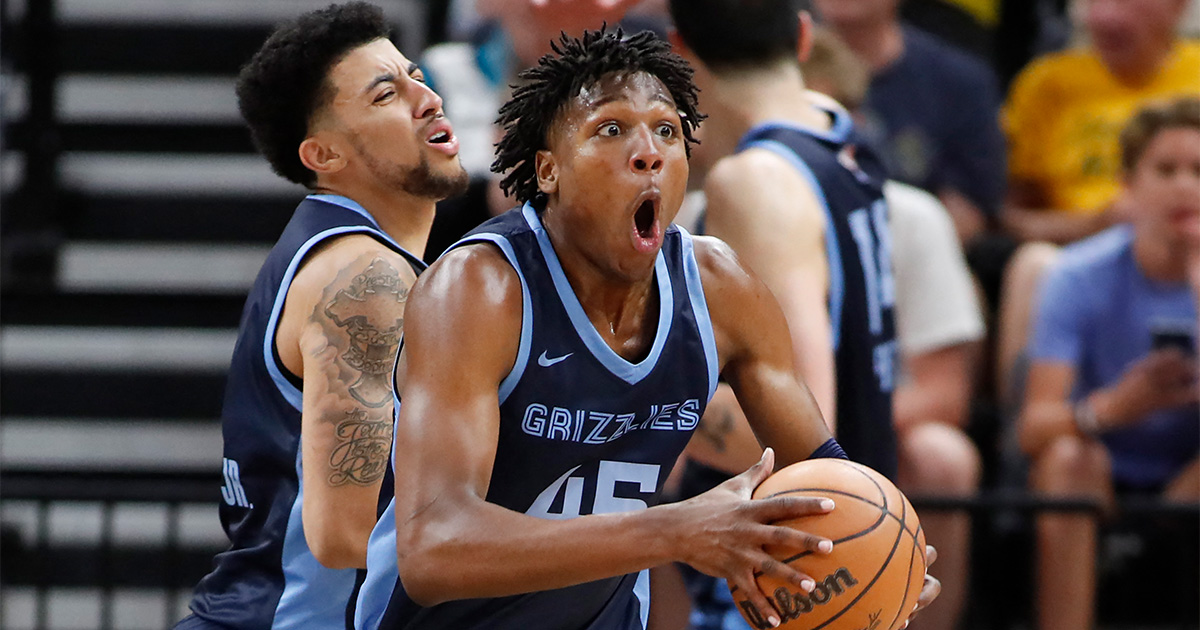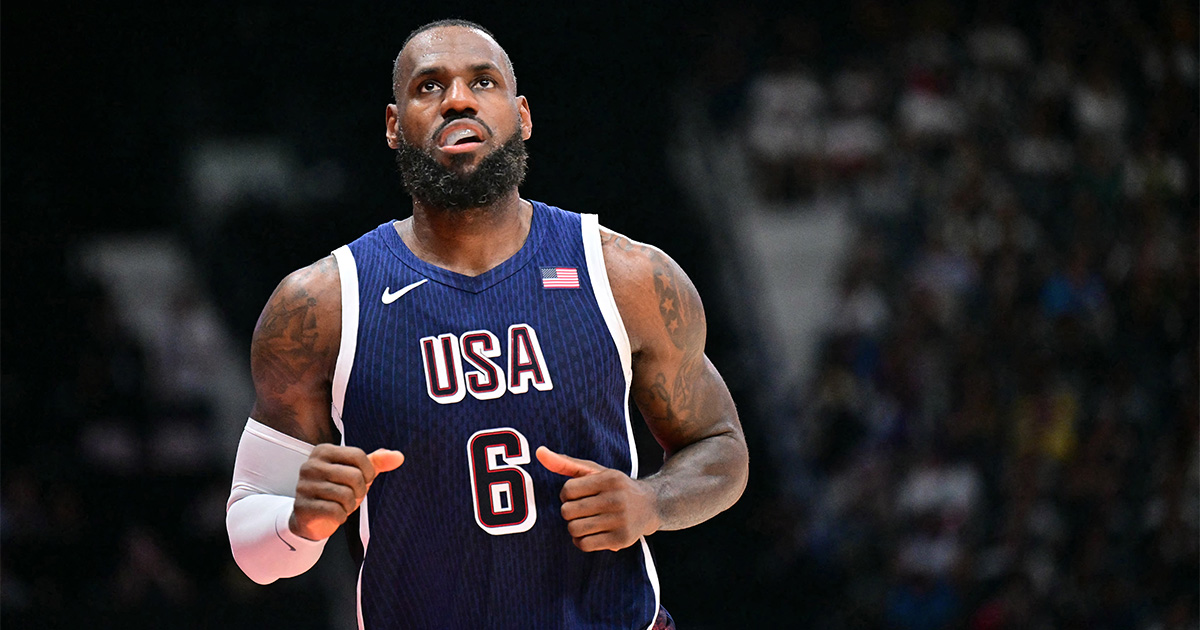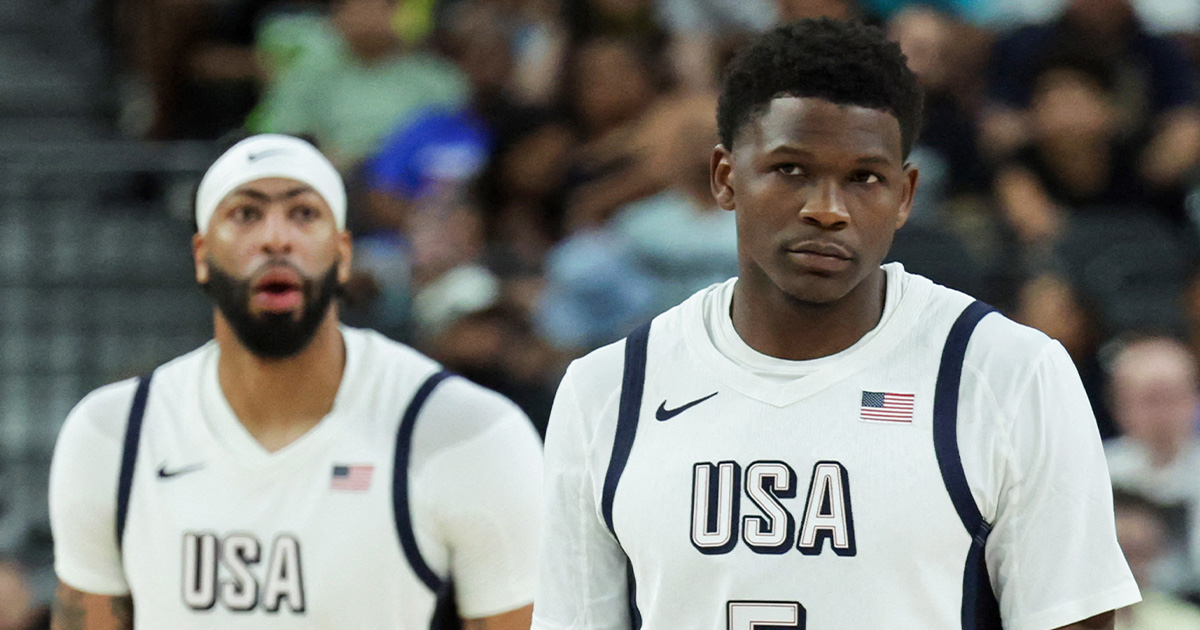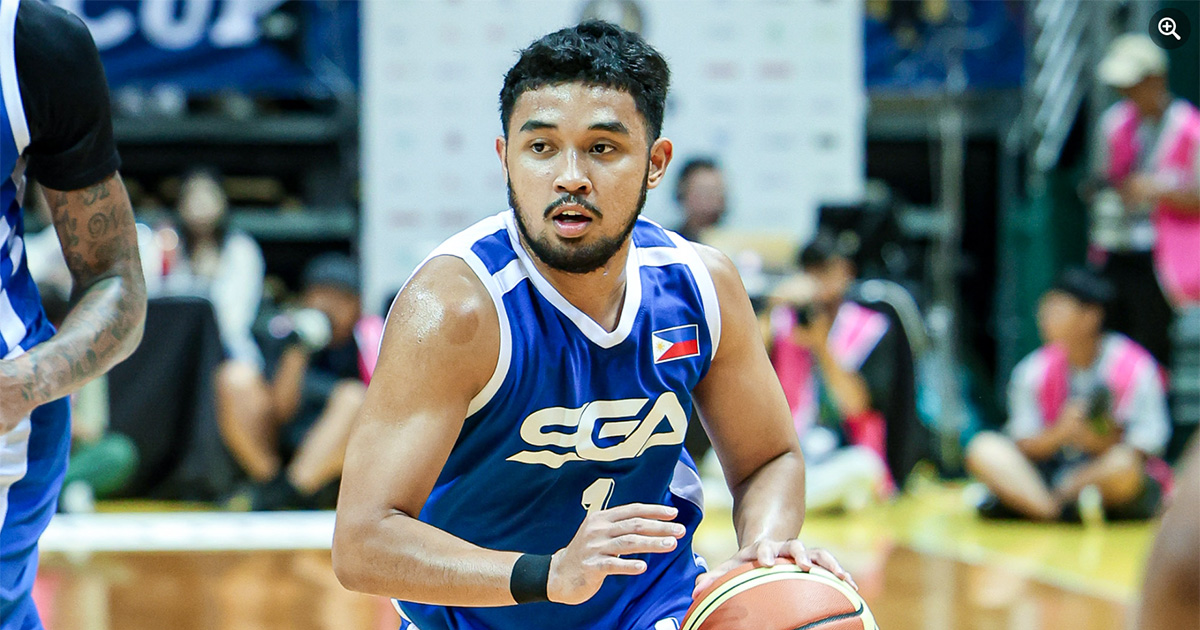If sports have taught us anything, it’s that playing to win and playing not to lose are two completely different things. Everybody wants to win, but in every game there is unfortunately only one winner. However, the better team emerging victorious doesn’t mean the other team wasn’t even trying.
Winning in itself is achieved through habits, ones developed when no one is watching and built on failures and setbacks. The outcome may not be the one most desired, but fighting until the final buzzer will earn the respect of one’s peers and fanbase.
When Gilas head coach Chot Reyes mentioned that Gilas was eyeing a top-8 finish in the 2022 FIBA Asia Cup, many Filipinos were bewildered with what was said even before the games were played. The injuries to the likes of Angelo Kouame, Dwight Ramos, and Dave Ildefonso, coupled with Justine Baltazar and Kai Sotto begging off made this reasonable, but the statement had the feel of a white flag rather than that of managing expectations. It’s a stark contrast from the players, who won’t let anything stop them from playing.
Gilas finished as runner-ups in both the 2013 and 2015 editions of the tournament, while the 2017 FIBA Asia Cup saw Gilas slide to seventh place on blowout losses to South Korea and Lebanon. Going as far back as 2007, which was when Gilas returned to FIBA Asia Cup play after their suspension, Gilas has only missed out on the quarterfinals only once, with 2009 and 2017 being the only years Gilas missed out on the semifinals.

With that, it’s thus surprising that Reyes was promising what has been pretty much the bare minimum when it comes to Philippine basketball in the FIBA Asia Cup. Over the last six editions of the FIBA Asia Cup, various combinations of players and coaches have been able to make do with what they have had. Reyes can count himself in that since he led the national team in 2007 (ninth place), 2013 (second place), and 2017 (seventh place). So this shouldn’t be a new experience for him.
Reyes’ statements were of course, in reference to the 2023 FIBA World Cup, which has been talked about for more than five years and at this point makes any mention of it sound like a broken record. Of course, it’s a given considering that the Philippines is hosting the event with Japan and Indonesia, but focusing on the task at hand with winning games in mind indirectly prepares one for what is billed as one of the biggest events in international basketball.
Perhaps to him, the past is past and with that kind of mindset, it would be better to focus on some good habits Gilas has had and should develop as they take on fellow 2023 FIBA World Cup host Japan for a shot at the quarterfinals. Winning the FIBA Asia Cup is a remote possibility, but it shouldn’t prevent them from playing to win.
Passing has led to scoring opportunities for Gilas and the 20.3 assists per game they averaged as a team was the best in Group D and good for top-5 in the competition. This has largely come from having capable and willing passers in both the backcourt and frontcourt, which has made it easier for Reyes, Nenad Vucinic, Jong Uichico, and the rest of the coaching staff to implement a system that thrives of pace and space (and not so much that dribble drive offense that has drawn the ire of the entire nation).
Converting these opportunities, however, is another matter altogether. The 45.8 percent field goal shooting Gilas currently sports and has them at fourth in the competition behind Lebanon (49.3 percent), South Korea (48.2 percent), and China (46.0 percent) is a misnomer considering their 59.3 percent shooting night against India. Take out the India game and Gilas made 40.3 percent, which would put them at 11th place ahead of SEA Games gold medalist Indonesia (39.6 percent) and behind Syria (40.6 percent).
After a tough start to his 2022 FIBA Asia Cup, Kiefer Ravena has also started to pick things up. Scoring only eight points through the first two games, Ravena proceeded to more than double that when he finished with 17 points in the loss to New Zealand. Regardless of whether his shot was falling or not, Kiefer has been able to orchestrate the offense by constantly probing and he becomes an even greater threat when his own offense gets going.
Ball security seems to be an issue that Gilas had struggled with, but with the single-turnover gem of a game they produced (which sadly ended with a loss), they do have the potential to work toward consistently preventing unnecessary errors.
Moreover, with height clearly not on Gilas’ side, they would need to compensate with better defense on the perimeter. It’s not uncommon to see opponents blow past Gilas perimeter players and while that would have been fine if Kouame or Sotto were at the backline, it isn’t the case now. Communication and focusing on a more team-oriented scheme would be helpful, especially in covering for the limitations of certain players.
At the end of the day, Filipinos just want to see their national basketball team leave everything out on the court. It shouldn’t be much of an ask considering the talent and resources poured, but beyond all the tangible elements, it’s the mindset that remains key, especially when there are positives to build on. And that all starts with the top.










